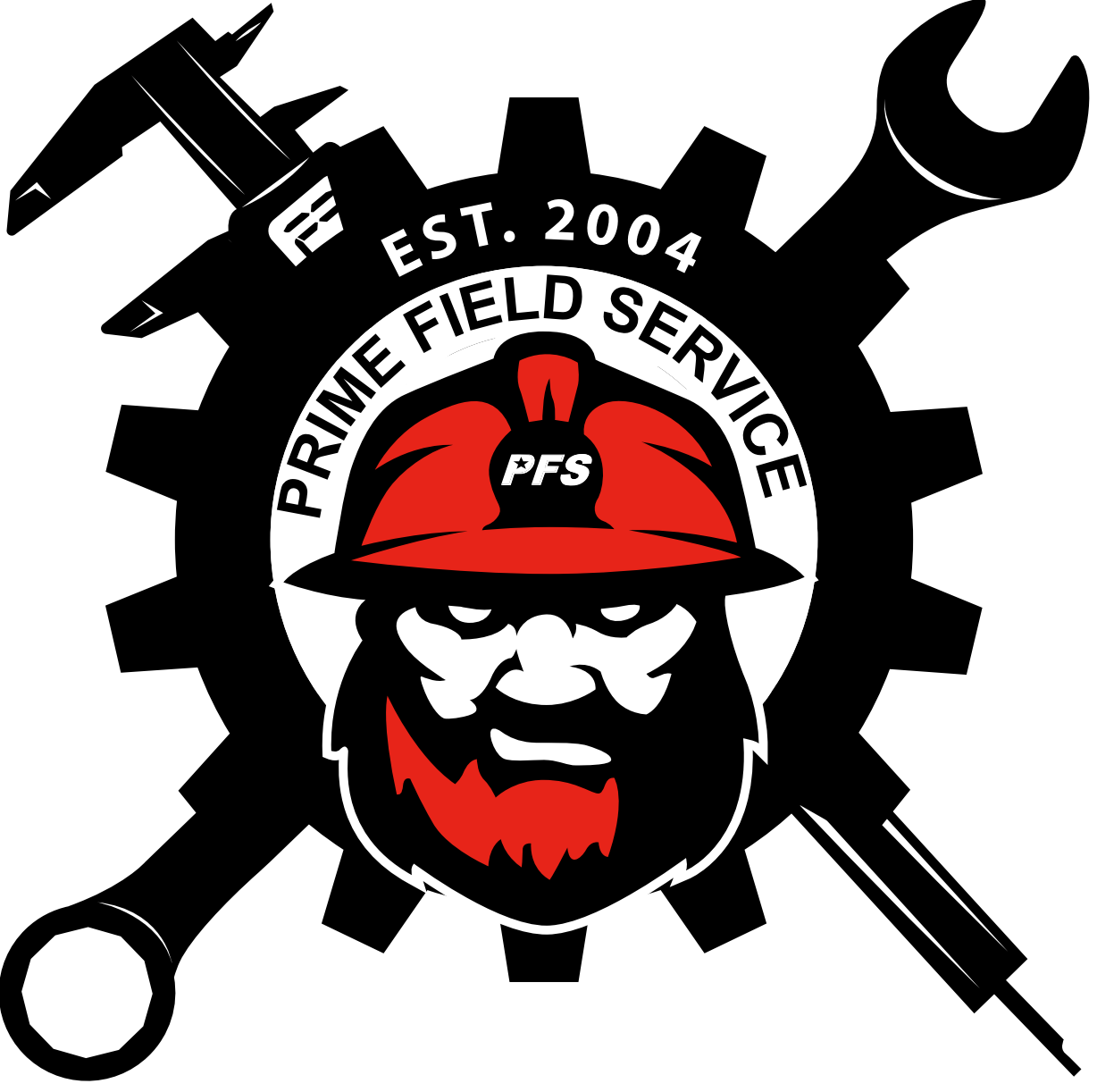Machine Tool Repair and Calibration Millwrights
Prime Field Service Machine Tool repair millwrights
Prime Machine is your resource for Machine Tools repair.
The Essential Guide to Machine Tool Repair Services
In the realm of manufacturing and engineering, machine tools are the backbone of production. These sophisticated pieces of equipment help in cutting, shaping, and finishing metals and other materials, enabling the creation of intricate parts and components. However, like all mechanical systems, machine tools can wear down, malfunction, or break, leading to downtime and potential losses. This is where Prime Field Service machine tool repair services come into play, offering a lifeline to businesses reliant on these critical machines.
Understanding the Importance of Machine Tool Repair
Machine tool repair is not just about fixing a broken piece of equipment; it’s about ensuring the longevity, efficiency, and reliability of your machinery. Timely repairs can prevent minor issues from escalating into major problems, saving time and money in the long run. Moreover, well-maintained machines produce better quality parts, enhancing your company’s reputation for quality.
Common Machine Tool Issues
Machine tools face a variety of issues, some of the most common including:
- Wear and Tear: Continuous use over time can lead to the wearing out of critical components.
- Alignment Problems: Precision is key in machine tools, and misalignment can lead to inaccurate machining.
- Electrical Issues: Faults in the electrical system can cause machine tools to operate unpredictably or not at all.
- Coolant System Failures: Coolant is essential for temperature regulation and lubrication; issues here can lead to overheating.
- Software Glitches: For CNC (Computer Numerical Control) machines, software problems can disrupt the machining process.
The Repair Process
The process of repairing a machine tool involves several steps:
- Diagnosis: Identifying the root cause of the problem, often involving a thorough inspection and testing.
- Quotation: Providing an estimate of the repair costs for approval before proceeding.
- Disassembly: Taking the machine apart to access and repair or replace the faulty components.
- Replacement or Repair: Fixing or replacing damaged parts and addressing any wear issues.
- Reassembly and Testing: Putting the machine back together and conducting tests to ensure it operates correctly.
Choosing a Reliable Repair Service
Selecting the right service provider is crucial for effective machine tool repair. Consider the following:
- Experience and Expertise: Look for a service with a strong track record and experienced technicians.
- Quality of Parts: Ensure the service uses high-quality, compatible parts for repairs.
- Turnaround Time: Downtime is costly, so fast, efficient service is vital.
- Warranty and Support: A good repair service will stand behind their work with a warranty and offer ongoing support.
- Reputation: Check reviews and testimonials from other customers to gauge the service’s reliability and quality of work.
Conclusion
Machine tool repair services are essential for maintaining the productivity and efficiency of manufacturing operations. By understanding common issues, the repair process, and how to select a reliable service provider, businesses can ensure their machine tools remain in top condition, supporting ongoing production and quality.
We have skilled craftsmen with modern tools to complete rebuilds: Vibration analysis to determine where the problem exists. Ball bar measurements for checking machine encoders and drives for accuracy, and laser trackers to measure overall machine geometry. We have technicians trained and capable of scraping ways.
Millwrights assembling table to frame of horizontal older machine tool

Prime Field Service Millwright Setting horizontal table on newly ground ways of bed. Adjusting of Gibbs on older style machine.
Laser Tracker millwrights verifying machine geometry.
 Laser Tracker measuring machine geometry to verify square of axis and setting encoder calibration.
Laser Tracker measuring machine geometry to verify square of axis and setting encoder calibration.
ISO Certified, NIST Traceable Inspection and Calibration Services.
The portable CMM or Laser Tracker is an excellent choice for calibration and analysis of machine tools. It is not size limited and can check wear, axis alignment, scale calibration, geometry, rotary axis calibration, level, and many more features with extreme accuracy.

Millwrights using ballbar for machine analysis and calibration of motor drives.
Machine tool design, repairs, upgrades and calibration.
The Renishaw Ballbar System is based around a ball-ended bar-length transducer which is held magnetically and kinematically between machine spindle and a specially designed magnetic base clamped to the machine bed. The CNC machine is programmed to describe a circle and the Ballbar transducer detects deviations which indicate inaccuracies in the machine tool path. From this data, the PC-based Renishaw Software can derive volumetric accuracy, Squareness values, repeatability, backlash, contouring ability, linearity XYZ and servo performance.
